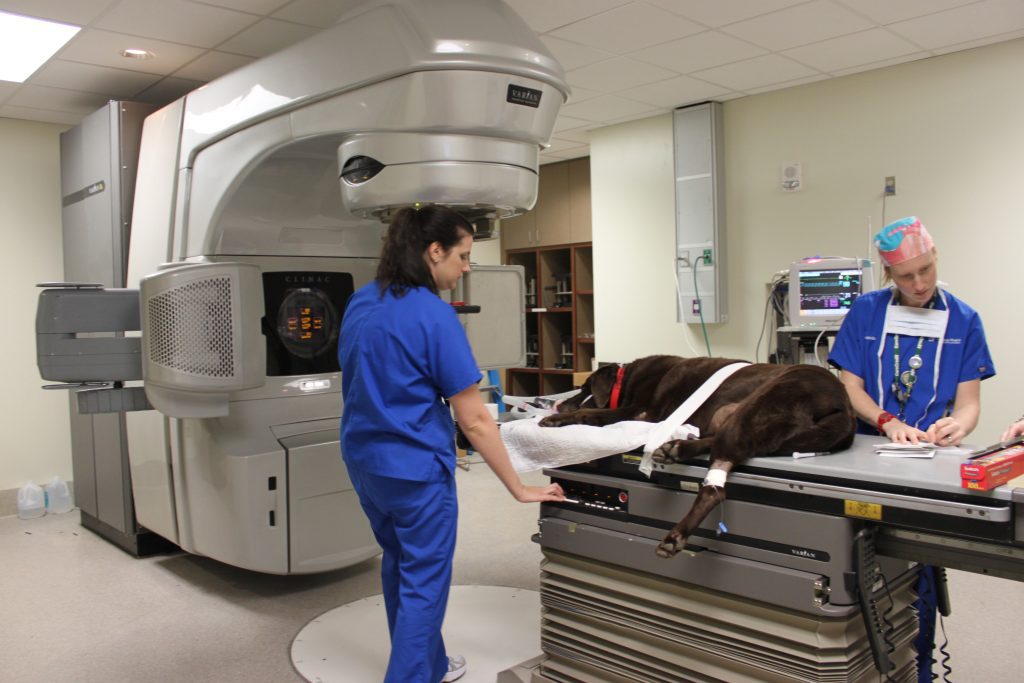Market Overview
The global Veterinary Oncology Market is estimated to be valued at US$592.8 million in 2022 and is expected to exhibit a CAGR of 10.9% over the forecast period (2022-2030), as highlighted in a new report published by Coherent Market Insights. Veterinary oncology involves the diagnosis and treatment of cancer in animals, including chemotherapy, radiation therapy, and surgery. With the increasing prevalence of cancer in pets and the growing demand for advanced treatment options, the market is expected to witness significant growth.
Market Dynamics
The Veterinary Oncology Market is driven by two key factors: an increase in pet ownership and a surge in pet healthcare spending. The rise in pet ownership across the globe has led to a higher incidence of cancer among animals, boosting the demand for veterinary oncology treatments. Moreover, pet owners are increasingly willing to invest in advanced therapies and treatments for their beloved companions, driving the market’s growth.
For instance, advancements in veterinary medicine have led to the emergence of targeted therapies and immunotherapy for pets suffering from cancer. These treatments offer higher efficacy and fewer side effects compared to conventional therapies, thereby driving their adoption. Additionally, the availability of pet insurance coverage for cancer treatments has also contributed to the market growth.
Market Key Trends
One key trend in the Veterinary Oncology Market is the growing focus on personalized medicine for pets. Just like in human oncology, veterinary oncologists are now utilizing molecular diagnostics to identify specific genetic abnormalities in animals’ tumors. This enables them to develop personalized treatment plans tailored to each pet’s unique genetic profile.
For example, targeted therapies that inhibit specific molecular pathways have shown promising results in treating certain types of cancers in pets. By understanding the genetic mutations driving the tumor growth, veterinarians can administer targeted therapies that effectively block these pathways, improving treatment outcomes.
SWOT Analysis
– Strength: Growing awareness about pet health and increasing pet insurance coverage for cancer treatments are driving the demand for veterinary oncology.
– Weakness: Limited accessibility to advanced treatments in certain regions and the high cost associated with veterinary oncology treatments may hinder market growth.
– Opportunity: The rising disposable income and the growing adoption of pets in developing countries present significant opportunities for market expansion.
– Threats: Stringent regulatory guidelines and the potential adverse effects of certain treatments pose challenges to market growth.
Key Takeaways
The global Veterinary Oncology Market is expected to witness high growth, exhibiting a CAGR of 10.9% over the forecast period, due to increasing pet ownership and rising pet healthcare spending.
In terms of regional analysis, North America is expected to dominate the market due to its high pet ownership rates and advanced veterinary infrastructure. Europe is also likely to experience significant growth, driven by advancements in veterinary medicine and the increasing adoption of targeted therapies.
Key players operating in the global Veterinary Oncology Market include Zoetis Inc., Elanco, AB Science, Boehringer Ingelheim International GmbH, Zenoaq, VetDC, Morphogenesis, Inc., Karyopharm Therapeutics, Inc., Regeneus Ltd., AdvaVet, Inc., and Rhizen Pharmaceutical SA. These companies are actively involved in product development, partnerships, and collaborations to strengthen their market position.
Overall, the Veterinary Oncology Market holds substantial growth potential, driven by the increasing demand for advanced cancer treatments for pets. With ongoing advancements in veterinary medicine, personalized treatments are expected to become more commonplace, further stimulating market expansion.




